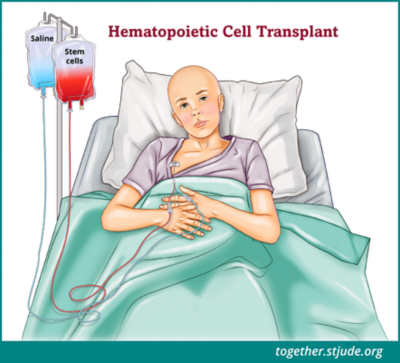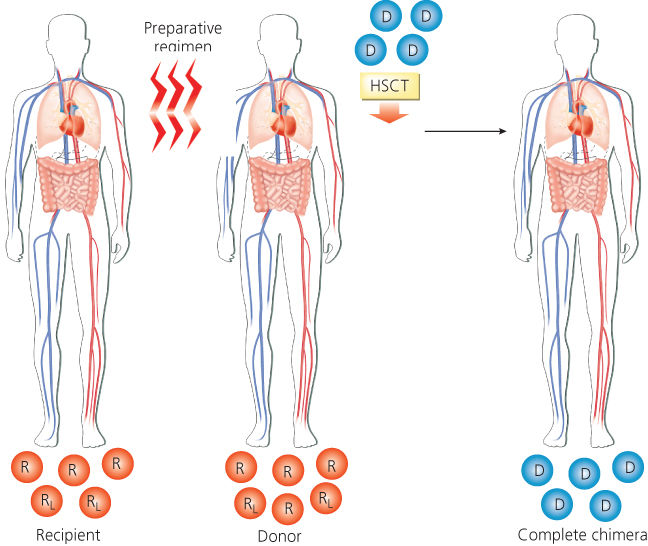

In linear regression analyses, government health care expenditures ( r 2 = 77.33), HSCT team density (indicates the number of transplant teams per 1 million inhabitants r 2 = 76.28), human development index ( r 2 = 74.36), and gross national income per capita ( r 2 = 74.04) showed the highest associations with HSCT rates.Ĭonclusion Hematopoietic stem cell transplantation is used for a broad spectrum of indications worldwide, but most frequently in countries with higher gross national incomes, higher governmental health care expenditures, and higher team densities. Use of allogeneic or autologous HSCT, unrelated or family donors for allogeneic HSCT, and proportions of disease indications varied significantly between countries and regions. No HSCTs were performed in countries with less than 300 000 inhabitants, smaller than 960 km 2, or having less than US $680 gross national income per capita. The median HSCT rates varied between regions and countries from 48.5 (range, 2.5-505.4) in the Americas, 184 (range, 0.6-488.5) in Asia, 268.9 (range, 5.7-792.1) in Europe, and 47.7 (range, 2.8-95.3) in the Eastern Mediterranean and Africa. Main Outcome Measures Transplant rates (number of HSCTs per 10 million inhabitants) by indication, donor type, and country description of main differences in HSCT use and macroeconomic factors of reporting countries associated with HSCT rates. The regional areas used herein are (1) the Americas (the corresponding World Health Organization regions are North and South America) (2) Asia (Southeast Asia and the Western Pacific Region, which includes Australia and New Zealand) (3) Europe (includes Turkey and Israel) and (4) the Eastern Mediterranean and Africa. Objectives To determine current use of HSCT to assess differences in its application and to explore associations of macroeconomic factors with transplant rates on a global level.ĭesign, Setting, and Patients Retrospective survey study of patients receiving allogeneic and autologous HSCTs for 2006 collected by 1327 centers in 71 participating countries of the Worldwide Network for Blood and Marrow Transplantation. Little is known about HSCT use and the factors associated with it on a global level. Gratwohl and Frauendorfer) Hematology-Oncology Department, University Hospital, Leipzig, Germany (Dr Niederwieser) and School of Medicine, Aichi Medical University, Nagakute, Aichi, Japan (Dr Kodera).Ĭontext Hematopoietic stem cell transplantation (HSCT) requires significant infrastructure.

Gratwohl and Ms Baldomero) Eastern Mediterranean Blood and Marrow Transplant Group, King Faisal Specialist Hospital and Research Centre, Riyadh, Saudi Arabia (Dr Aljurf) Center for International Blood and Marrow Transplant Research, Medical College of Wisconsin, Milwaukee (Drs Pasquini and Horowitz) Sociedade Brasileira de Transplante de Medula Ossea, Instituto Nacional de Cancer, Rio de Janeiro, Brazil (Dr Bouzas) Asian Pacific Blood and Marrow Transplant Group Data Center, Nagoya University School of Medicine, Nagoya, Japan (Dr Yoshimi) Australian Bone Marrow Transplant Recipient Registry, Royal Melbourne Hospital, Parkville, Victoria, Australia (Dr Szer) Canadian Blood and Marrow Transplant Group, Princess Margaret Hospital, Toronto, Ontario, Canada (Dr Lipton) Institute for Operations Research and Computational Finance, University of St Gallen, St Gallen, Switzerland (Mr Schwendener and Drs M. Shared Decision Making and CommunicationĪuthor Affiliations: European Group for Blood and Marrow Transplantation, Transplant Activity Survey Office, Department of Hematology, University Hospital Basel, Basel, Switzerland (Dr A.Scientific Discovery and the Future of Medicine.Health Care Economics, Insurance, Payment.Clinical Implications of Basic Neuroscience.Challenges in Clinical Electrocardiography.


 0 kommentar(er)
0 kommentar(er)
